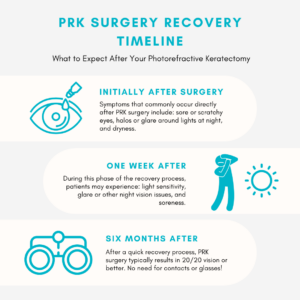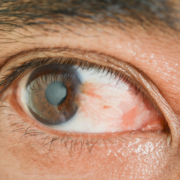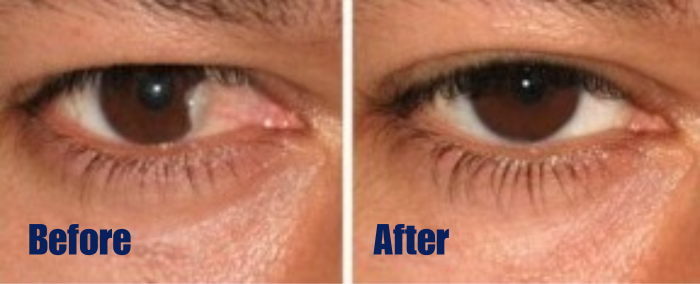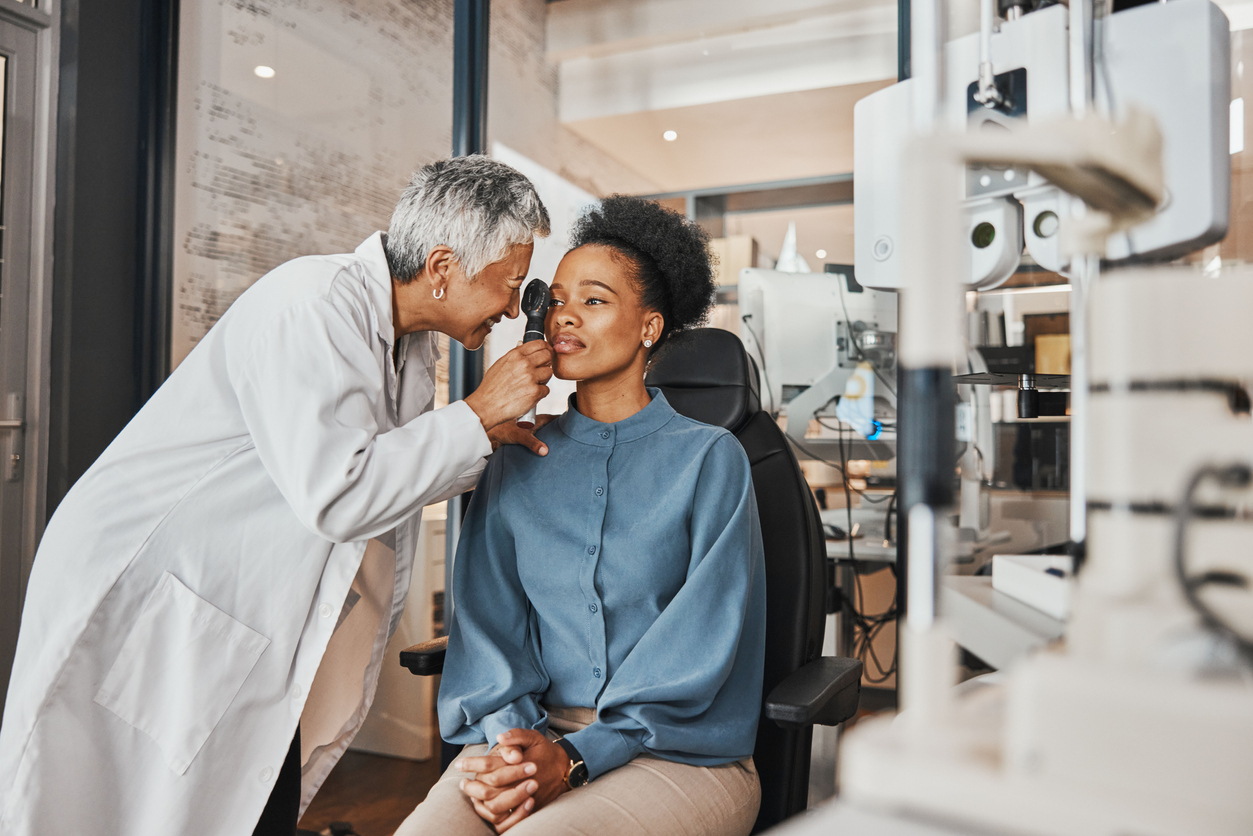PRK Surgery Recovery Timeline
Imagine life without blurry vision, contact lenses, or glasses. Photorefractive keratectomy, better known as PRK, has become a popular alternative vision correction surgery for those who are not a good fit for LASIK surgery. This is a type of laser eye surgery involving reshaping the cornea so that light entering the eye is focused on the retina to produce clear images.
What is PRK Surgery
In PRK surgery, the entire outer layer of the cornea called the epithelium, is completely removed to uncover the surgical site. This contrasts with LASIK, where a thin, movable flap is made in the cornea and delicately put back in its original place after the procedure. Like LASIK, PRK surgery employs a computer-guided excimer laser to shape the cornea and rectify the refractive error.
The results are life-changing. By correcting refractive errors, this surgery can provide clearer vision, allowing you to see the world in detail. The convenience and freedom that comes with being independent of glasses or contact lenses are transformative. Activities that were once a nuisance with glasses and contacts, such as swimming, exercising, or playing sports, become much more enjoyable. The hassle of carrying and maintaining glasses or dealing with the insertion and removal of contact lenses is eliminated, adding a level of convenience and comfort to daily life. Start seeing the world the way you want with PRK surgery.
The PRK surgery itself is usually about 10 minutes per eye and involves numbing drops for a painless experience. But what happens afterward during the healing process? What does the recovery process look like in the following days and weeks? If a PRK surgery is in your future, our timeline will give you a clear idea of what to expect after the PRK procedure.
First Few Days
As with most laser vision correction surgeries, the first few days are the most critical period in the recovery process. With PRK, this is when the epithelium regrows to cover your cornea. To help promote this healing and protect your eyes, your eye surgeon will place a bandage contact lens in your eye. This contact will need to be worn for about five days after your surgery. Healing from eye surgery can be uncomfortable, but it is important to prioritize rest during this period. The hard part, the surgery, is already over so it is time to finish this process strong by correctly completing the recovery process.
During this time, it is normal for PRK patients it also experience:
- Sore or scratchy eyes: You must not rub your eyes while they are healing. To manage pain, you can use over-the-counter pain medicine for any discomfort.
- Halos or glare around lights at night: An eye mask can be used while sleeping if this is bothersome.
- Dryness: If you are experiencing dry eye, you will receive eye drops and artificial tears to keep them lubricated.
Though these symptoms are normal during the first few days, your doctor still needs to closely monitor them. You will need to schedule follow-up visits with your surgeon after your surgical procedure to see how your healing progresses.
Week One
Based on the results of your post-surgery checkup, your doctor will provide you with guidelines to address any complications. PRK specialists know that the recovery process of this surgery is bothersome and want to make sure you are comfortable as you continue to heal.
In general, during your recovery time, you may continue to experience:
- Light Sensitivity: Minimize sun and bright light exposure during the first week. It can be boring to sit in a dimly lit room, but it is important to give your eyes a break when healing.
- Glare or other night vision issues: Your eyes have a hard time processing light after being operated on. To combat glare and night vision issues, sunglasses may help if you must be out past dark.
- Soreness: Remember to avoid rubbing your eyes, so you don’t damage your cornea. Your eyes are susceptible to infection after surgery and you must do your best to not introduce harmful bacteria.
The good news is your eyes will make the most progress during this time, so you should see a dramatic improvement in your visual acuity. Patience is key during this recovery process but the visual improvements you can begin to see during this period will be reassuring and motivating!
Weeks Two to Four
Healing should have progressed enough by this point that you can resume normal activities such as driving and working. Most visual side effects should be gone by now, though occasional glares or halos are not uncommon for the first month. You will likely continue to use prescription eyedrops that keep these symptoms at bay as the corneal tissue heals. However, if you have any concerning or worsening symptoms, you should contact your surgeon.
Around this time, you can also begin to add back activities that were limited in the first week, including wearing makeup or face lotion and getting your hair colored.
For the first couple of weeks you should continue to avoid:
- High-impact or contact sports
- Swimming or hot tubs
- Dusting or working around dirt could affect the cornea’s healing
Though there are still minor activity restrictions during this time, it will be exciting to experience things with this new visual perspective. Just imagine that your first time driving without bulky glasses or looking at your work computer without dry contacts!
Two Months
With two months of healing under your belt, improvements to your vision will be enormous. Side effects will continue to diminish during this time, with halos disappearing and glare becoming less of an issue. Night vision should also improve, though you may still feel occasional dryness.
Though most people are feeling back to normal by this time, don’t feel like you need to be alone during this process. Post-op care is just as big of a priority to PRK doctors as the actual procedure. Keep in close contact with your surgeon so they can let you know how often you need to be seen; based on the progress of your healing.
 Six Months
Six Months
With about half a year of patience and hard work, your life can be completely changed by PRK surgery. By this time, you should have fully recovered and met with your surgeon multiple times to evaluate the procedure’s success. Typically resulting in 20/20 or better vision, PRK surgery can completely take away your need for glasses or contacts!
Begin Your PRK Surgery Process
After you make it through this recovery journey, it is time to begin enjoying life without blurred vision. It is easy to put off vision problems, especially if you were not the right candidate for a LASIK procedure, but now is as good of a time to invest in your health. Visionary Eye Doctors is at the forefront of corrective eye surgery, especially PRK procedures.
Ready to find out if you’re a candidate? Call our office today at 301-896.0890 to schedule a consultation with our expert surgeons. You can also schedule an appointment online.





